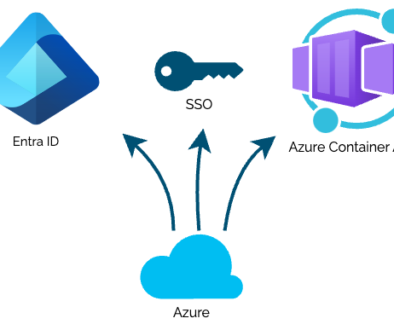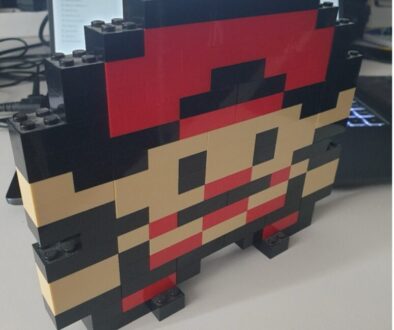What it feels like to sit on the other side of an AWS exam
Imagine, after an arduous exam sitting you push that final button to submit your answers. You’re a calm person, but you still feel your nerves playing up. The tension becomes palpable. It is likely that you prepared for weeks or even months for this exam; I know I did the first time I studied for the AWS Certified Solutions Architect Professional (SA-Pro).
Regardless of the outcome, the process of studying for and sitting an AWS exam is relatable to tens of thousands of software engineers worldwide. These exams are popular not only because AWS is the largest cloud platform, but also because they come with recognition and merits. They validate an engineer’s ability to work in a modern cloud development environment. Both employers and peers acknowledge that.
The reputation and validity of these exams are not a coincidence: the AWS Certification team uses cohorts of Subject Matter Experts to assist them in writing, auditing and scoring exam items. This story is about the invisible people working hard to create a fair, unambiguous and actual exam experience.
Now, I know that the development of exam items does not sound like a sexy past-time. But, I am here to tell you from my own experiences that it’s not only a fun, but also a fulfilling process.
Becoming an SME
I did not expect to be invited to the program. As a cloud engineer in a boutique technology partner in the Netherlands, I assumed that much of it was very far away for me. If you find yourself thinking “I am not good enough” or “my experience will not be judged on its merits”, then know that the first thought will ring true in your head until you try and that the second thought is surely false.
SMEs are sourced from different industries with diverging experiences to keep exam items relevant and actual to candidates. Where you live and what business you are in is inferior to your abilities. You must hold the certificate you want to contribute for, and you will be tested on your ability to communicate concisely. Both are within reach for nearly everyone with a passion for engineering.
The process
After being admitted, you will be able to participate in workshops. There are different formats: some are focused on creation, others on review. Some are remote, and others are all-expense covered trips for real-life sessions.
Creating items is as much technical as it is a creative process. New exam items must be clear, defendable and if possible, well, fun. I find workshops that focus on item creation the most challenging ones, but they’re also the most rewarding.
Reviewing items consists of critically analyzing work that other SMEs have delivered. During multiple rounds, items are perfected or sent back for an additional rewrite. Actually, some of my items have been rejected after consideration, to me that just means the process is working.
No matter the format, you will always be giving your vision and opinion on what the state-of-the-art way of working on AWS is. The beauty is that everyone’s work and vision will have to pass group review. Those interactions are what make the process valuable to me, and what undoubtedly makes the end result that much better.
The fun
Your colleague might have the ambition to someday pass the AWS SA-Pro, or maybe the Security Speciality. Now imagine being responsible for his or her experience, and for setting the bar that others must clear. You also meet fantastic people from around the globe who will help you sharpen your cloud intuition further, and challenge your understanding of cloud engineering practices.
And donuts, lots of donuts. Although on second thought that might be a particular trait of my Program Manager for the SA-Pro.
If the fun, challenge, or maybe even the donuts piqued your interest – then take a look at the application page for the SME program.


